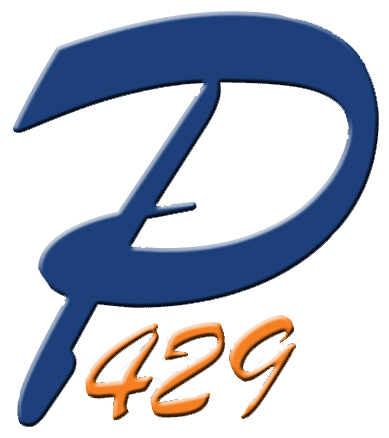Head Lice
We are now several months into the school year and as a reminder, we’d like to offer some head lice prevention tips.
- Instruct your children not to share clothing, headgear, combs, and brushes, or other personal belongings.
Lice are primarily transmitted by head-to-head contact, such as play wrestling, hugging, or siblings sleeping in the same bed. However, occasionally clothing contact can be the culprit.
- Hats should be tucked into a coat sleeve, pocket, or backpack when hung up.
- Check your child’s hair on a regular basis as part of routine hygiene. The sooner an infestation is found, the easier it is to rid.
Also, if your child has had lice, and some nits (eggs) remain, please remove them. Many times the cycle continues because most lice treatments do not kill or remove nits and they continue to hatch. Lastly, many lice shampoos contain pesticides, so do not use them for prevention purposes or if you are pregnant or nursing. Below are some interesting facts about lice and how to treat your child and home.
How long do head lice live off of a person?
They usually live 1 to 2 days
How are head lice spread?
Head lice are crawling insects They cannot jump, hop, or fly. The main way head lice spread is from close, prolonged head-to-head contact. There is also a chance that head lice will spread by sharing items such as combs, brushes, and hats.
How do you treat head lice?
The most effective way to treat head lice is with head lice medicine. After each treatment, using the comb-out method every 2 to 3 days for 2-3 weeks will help remove nits and eggs.
What is the comb-out method?
The comb-out method can be used to help check for nits and head lice or to help remove nits and head lice after head lice treatment.
-Wet your child’s hair
-Use a nit comb (a special comb with teeth very close together) or your fingers and comb/pick through your child’s hair in small sections.
-After each comb-through, wipe the comb on a wet paper towel.
-Repeat till you’ve gone through your child’s entire hair.
What head lice medicines are available?
Over-the-counter:
Nix (permethrin) Does not kill lice eggs. Needs a re-treatment.
“A-200, Licide, R & C, RID, Pronto” (pyrethrin) Does not kill lice eggs. Re-treatment is needed.
Prescription:
Ovide (malathion) Kills both lice and lice eggs. A second treatment is recommended. Use in children 6 and older. Flammable.
Ulesfia (Benzyl alcohol) Does not kill lice eggs. Repeat treatment needed.
Natroba (spinosad) Kills both lice and lice eggs. A second treatment is recommended.
Sklice (ivermectin) Does not kill lice eggs. One application only is needed.
What else is needed?
-You need to wash your child’s clothes, towels, hats, and bed linens in hot water and dry on high heat if they were used within 2 days before head lice were found and treated. Items that cannot be washed may be sealed in a plastic bag for 2 weeks.
-Do not spray pesticides in your home. They can expose your family to dangerous chemicals and are not needed when you treat your child’s scalp and hair properly. (Vacuuming has been shown to be more effective and it’s cheaper.)
-All household members and close contacts should be checked and treated if lice found. (Preventive shampooing will not help.)
*Information obtained from the Healthy Children’s website which is sponsored by the American Academy of Pediatrics.
How do you check for head lice?
Regular checks for head lice are a good way to spot head lice before they have time to multiply.
-Check your child in a brightly lit room or by a window
-Part the hair.
-Look for crawling lice and for nits (eggs) one section at a time.
-Nits can look like small dark seeds attached to the hair near the scalp. (Older egg casings are normally white are are found further away from the scalp. These have usually hatched but will not come off the hair shaft till removed with a fingers, a nit comb, or the hair is cut.) Eggs are normally found around the hairline, at the back of the neck, or behind the ears.
*Information found on the Healthy Children website which is sponsored by the American Academy of Pediatrics.
What is the life cycle of head lice?
Head lice live about 28 days. There are 3 phases; the egg, the nymph, and the adult louse. They adults lay up to 10 eggs a day and the cycle repeats itself every 3 weeks if untreated.
This is the reason why the comb-out-method is important. Nits are difficult to see and if left in the hair (after treatment with any over-the-counter medicine), the cycle will restart the next month.
*Information from the Healthy Children website, sponsored by the American Academy of Pediatrics.
Looking for non-toxic ways of getting rid of lice?
-Research has not proven that other home remedies such as mayonnaise, olive oil, or Vaseline successfully treat head lice alone.
PLEASE do not put anything harmful on your child, their eyes, or their hair
Ms. Clapp, Lincoln School Nurse
